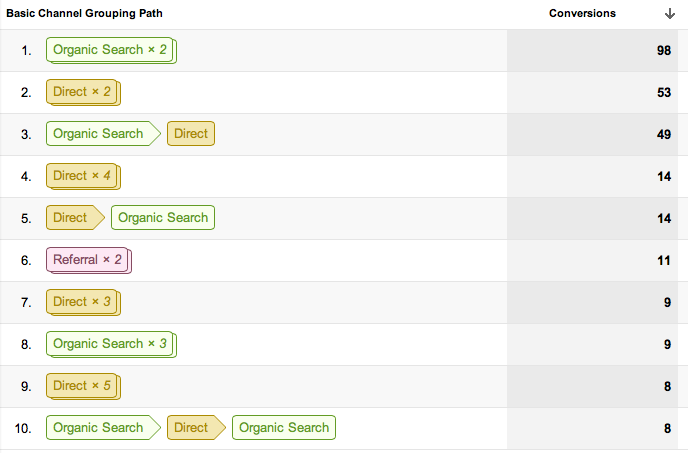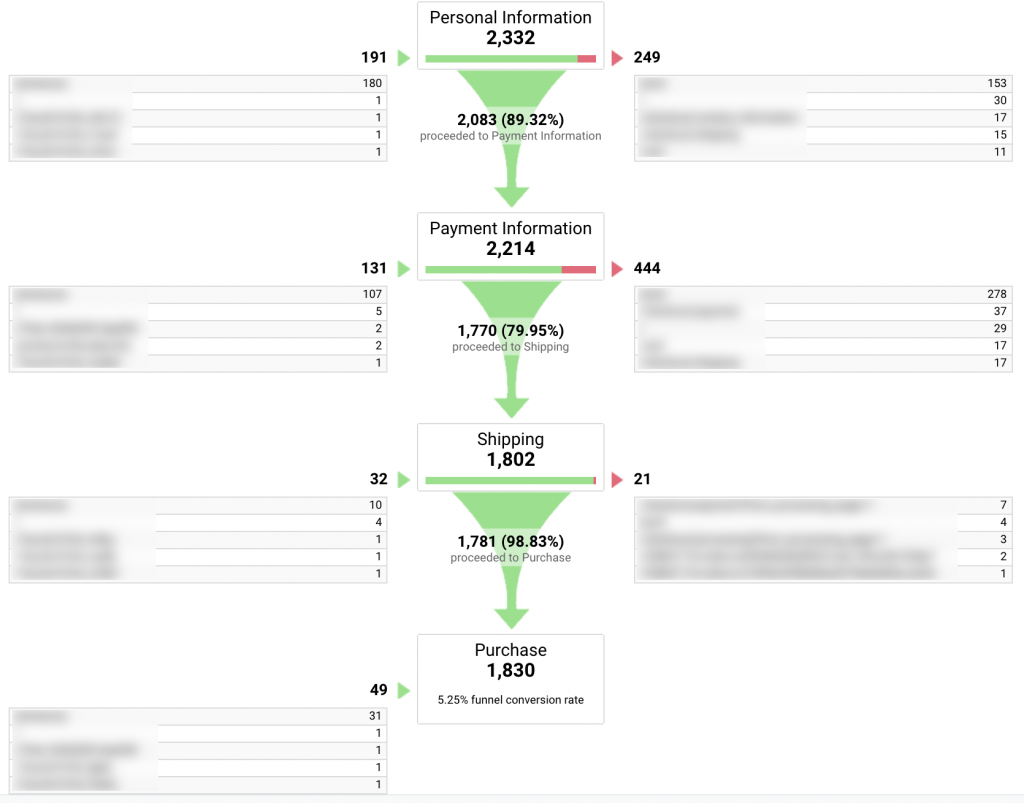What Data Is Google Analytics Goals Unable to Track: Find Out the Limitations
What Data Is Google Analytics Goals Unable to Track: Find Out the Limitations
Blog Article
Revealing the Blind Destinations: Recognizing What Google Analytics Goals Can not Gauge
In the realm of electronic analytics, Google Analytics stands as a powerful device for monitoring and analyzing online customer communications. Amidst its robust capabilities, there exist blind spots that typically avert dimension. what data is google analytics goals unable to track. Comprehending what Google Analytics goals can not measure is crucial for gaining a comprehensive view of user actions and involvement. As we look into the ins and outs of these dead spots, we discover a complex web of undiscovered areas that hold useful insights right into customer actions and inspirations, tough traditional knowledge and dropping light on the limitations of our data-driven understanding.
Customer Actions on External Platforms
Understanding just how users interact on exterior platforms is crucial for maximizing online methods. External platforms, such as social media sites networks, recommendation websites, and on the internet discussion forums, play a considerable role in driving website traffic to a company's internet site. By evaluating customer behavior on these platforms, companies can get useful insights into the performance of their marketing initiatives and the preferences of their target market.
One trick element of individual actions on outside systems is the recommendation resource. By tracking where the customers are coming from, companies can recognize which systems are driving one of the most traffic to their internet site. This details can aid companies allocate their sources better, concentrating on the platforms that produce the most effective results.

Offline Interactions and conversions
Evaluating user habits on external platforms offers beneficial insights right into online methods; nevertheless, considering offline conversions and communications is similarly crucial for a thorough understanding of a business's overall efficiency. Offline conversions, such as in-store purchases or phone questions, play a considerable role in lots of businesses' success.

Attribution Beyond Last Click
When diving right into the world of digital advertising analytics, it ends up being important to look past the single touchpoint of the last click for a more detailed understanding of attribution. While Google Analytics supplies valuable insights into individual actions, counting entirely on last-click acknowledgment can be restricting - what data is google analytics goals unable to track. Acknowledgment models that exceed the last click use a much more nuanced view of the client trip, thinking about all the touchpoints that bring about a conversion
Acknowledgment beyond the last click enables marketers to assign credit score to numerous communications along the conversion path, giving a more clear photo of the efficiency of different marketing networks. address By discovering multi-touch acknowledgment models such as linear, time decay, or position-based attribution, companies can much better allot their advertising budgets and optimize their approaches for maximum effect.
Understanding the influence of each touchpoint in the conversion procedure is critical for making notified decisions and optimizing ROI. By welcoming attribution past the last click, organizations can obtain much deeper insights into consumer habits and tailor their advertising and marketing efforts a lot more properly.
Cross-Device and Cross-Browser Monitoring

Similarly, cross-browser tracking matches cross-device monitoring by recording customer behavior as they change in between various web browsers. Understanding exactly how individuals connect with web sites on numerous internet browsers can help marketing professionals maximize their on-line experiences to make certain consistency and functionality across various systems.
Qualitative Information and Individual Intent
Comprehending individual intent with qualitative data analysis is important for establishing targeted digital advertising methods that resonate with the requirements and preferences of the target audience. Qualitative information offers insights into the 'why' behind user activities, losing light on inspirations, feelings, and preferences that measurable information alone can not capture. By assessing user Learn More Here comments, comments, and interactions, online marketers can uncover important information concerning customer intent, enabling them to tailor their messaging, web content, and offerings to much better align with what their target market is seeking.
Qualitative information additionally aids in recognizing the context in which individuals engage with a web site or app. This contextual understanding enables marketers to develop more pertinent and individualized experiences, inevitably driving greater engagement and conversion prices. By delving right into individual intent through qualitative information analysis, organizations can obtain a deeper understanding of their target audience, bring about a lot more effective advertising and marketing techniques that satisfy users' assumptions and needs.
Final Thought
Finally, Google Analytics objectives have limitations in determining user habits on exterior platforms, offline conversions, acknowledgment beyond last click, cross-browser and cross-device tracking, and qualitative data associated with customer intent. what data is google analytics goals unable to track. It is essential for organizations to be familiar with these blind places in order to supplement their data analysis with various other devices and techniques to acquire an extra extensive understanding of their target market and boost their overall digital advertising and marketing methods
By evaluating individual actions on these platforms, companies can get beneficial insights into the efficiency of their advertising and marketing initiatives and the preferences of their target audience.
Evaluating individual habits on exterior systems provides beneficial understandings into online techniques; nevertheless, considering offline conversions and interactions is equally necessary for a thorough understanding of a company's total performance.In digital marketing analytics, moving beyond last-click attribution to check out cross-device and cross-browser monitoring is crucial for gaining a holistic understanding of user communications throughout numerous systems and news gadgets. By examining individual comments, comments, and interactions, marketing professionals can discover important info regarding user intent, enabling them to customize their messaging, material, and offerings to much better line up with what their audience is looking for.
By delving right into customer intent with qualitative data evaluation, organizations can obtain a much deeper understanding of their target audience, leading to much more reliable advertising and marketing methods that satisfy users' expectations and needs.
Report this page